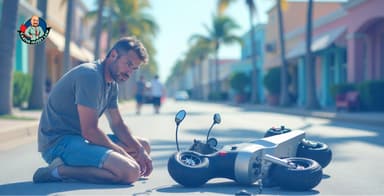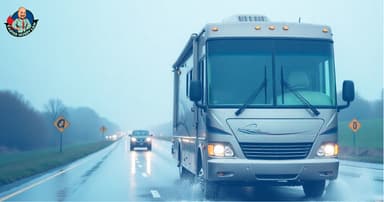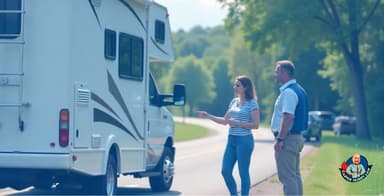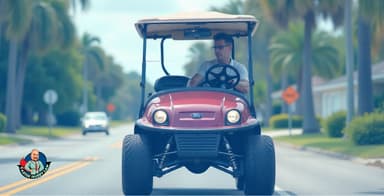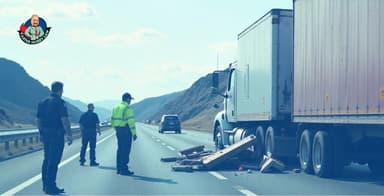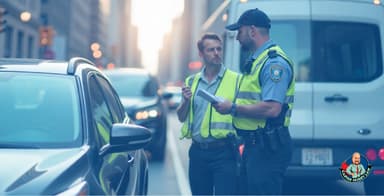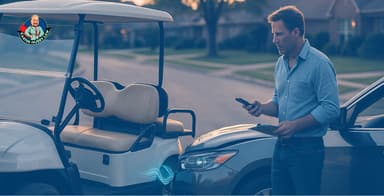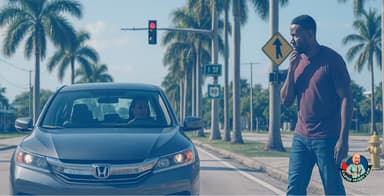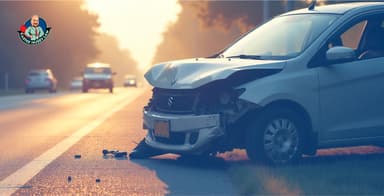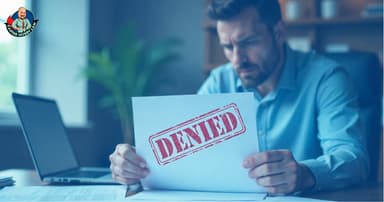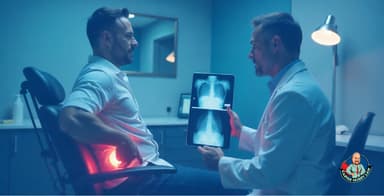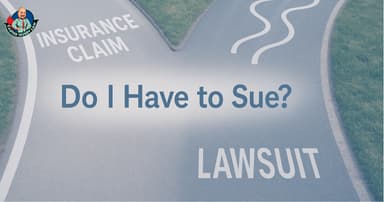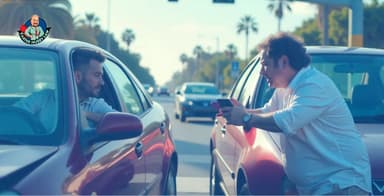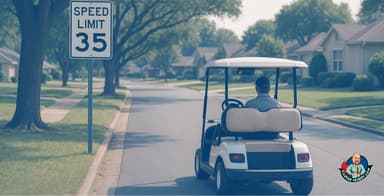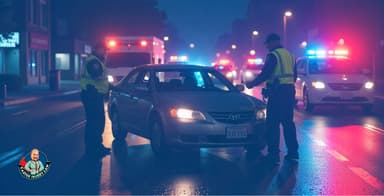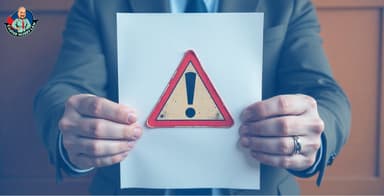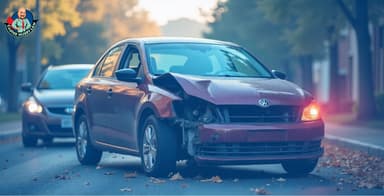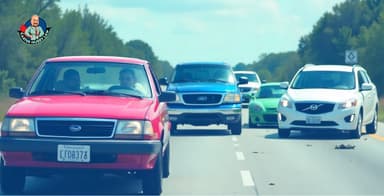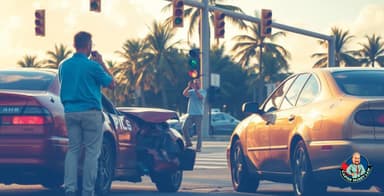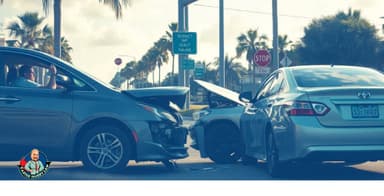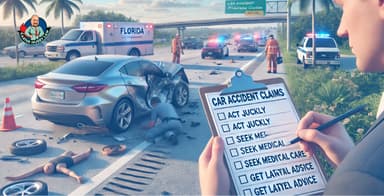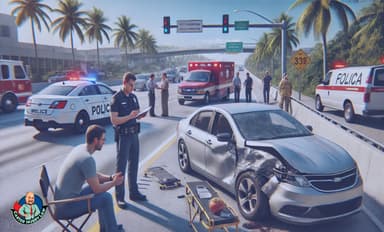
blog
October 26, 2025
Understanding the Role of Rideshare Companies in Accident Investigations
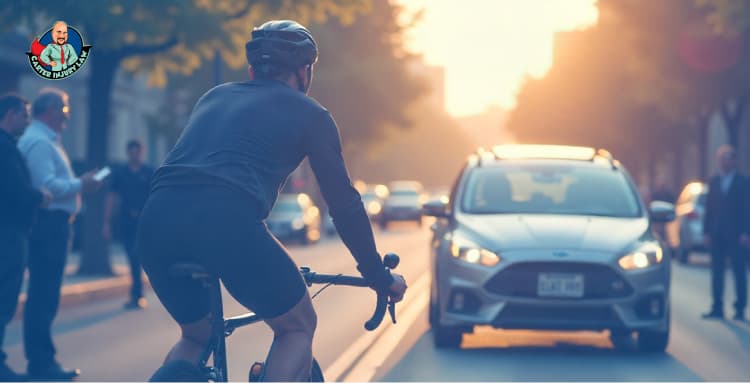
Over the years, I've seen a lot of accidents with rideshare cars in Florida. These situations can get pretty complicated. Unlike regular car accidents, there's often a lot more to consider than just the driver and the other person involved. You have to think about the rideshare company, insurance policies that change based on whether the driver had the app on, if they were on their way to pick someone up, or if they actually had a passenger in the car. Plus, there's a ton of digital evidence out there that can either back up or challenge a claim.
A lot of folks don’t really think about how a tiny detail, like whether the driver was waiting for a ride or had actually accepted one, can totally change who’s at fault. I’ve seen claims dismissed, settlements slashed, and justice delayed simply because someone didn’t understand this major disparity.
If you think you know how rideshare accident claims work, think again, because what comes next could change everything about how you approach your case…
(1) The Hidden Rules of Insurance No One Talks About
One of the first things I explain to clients is that not all rideshare accidents are treated the same under the law. In Florida, the insurance coverage available during a rideshare accident depends largely on the driver’s status at the time. The law recognizes that a rideshare driver is not always “on duty” in the same way, and each period carries different implications for liability and protection. Allow me to break it down clearly:
Period 1 – App On, No Ride Accepted
When a driver has the app active but has not yet accepted a ride, they are considered “on duty” but not actively transporting a passenger. During this time, both Uber and Lyft provide limited liability coverage to protect against potential accidents. This coverage includes:
$50,000 per person for bodily injury
$100,000 per accident for bodily injury
$25,000 for property damage
While these amounts may cover minor incidents, they are often insufficient for serious injuries, which is why understanding this period is crucial for any claim.
Period 2 – Ride Accepted, En Route to Passenger
Once a driver accepts a ride and is heading to pick up the passenger, the company’s insurance protections become significantly more robust. Coverage during this period includes:
$1 million in third-party liability
Uninsured and underinsured motorist protection
Probable comprehensive and collision coverage, subject to a deductible
This part really highlights how decisive it is to have good timing and keep track of things. Once the ride is accepted, everything about what's covered changes.
Period 3 – Passenger in the Vehicle
While transporting a passenger, coverage remains at its peak, with the same protections as Period 2. This ensures that both the passenger and third parties are afforded the highest level of liability protection during the ride.
Off-Duty – App Off
When a driver is not logged into the app, they are considered off-duty. In such cases, neither Uber nor Lyft provides coverage, and the driver’s personal auto insurance becomes the primary source of protection. For many, this distinction can be surprising, and it is one of the most common points of confusion after an accident.
These periods are the foundation of any successful claim. A simple misstep here can leave you undercompensated or even out of luck. Later, I’ll walk you through how we use rideshare data to reconstruct accidents and make sure insurance pays what it should, which is where many claims are won or lost.
(2) The Hidden Role of Uber and Lyft in Accident Investigations
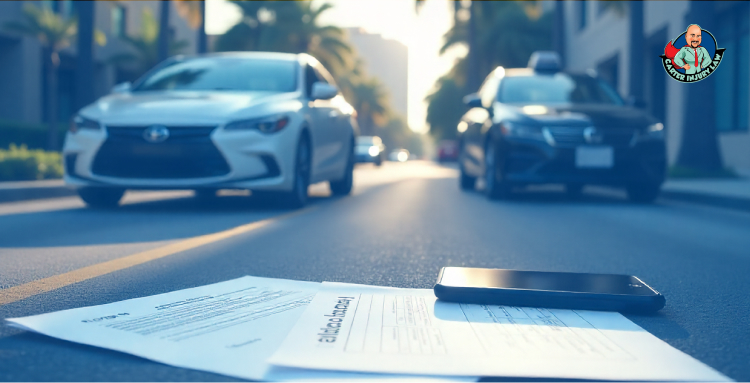
When a rideshare accident happens, many people assume the driver’s personal insurance handles everything. In reality, the rideshare company often holds the key to understanding what really occurred. I rely on these records every time I take a case.
Uber and Lyft collect more than just basic rider data. GPS data, timestamps, route history, and even app status at the moment of the crash can reveal who was at fault. These digital breadcrumbs allow me to reconstruct the accident in a way that statements alone never could.
I’ve seen cases where a driver claimed they were “just waiting for a ride,” but the company’s records told a different story. That detail alone can shift liability from one policy to another, potentially unlocking higher compensation for my client.
Beyond the technical data, rideshare companies also provide insurance documentation and driver details, which are essential when negotiating with insurance companies. Most drivers and passengers don’t realize how much is at stake, and that’s why having an experienced attorney in your corner early can save the day.
Next, I’ll break down how these pieces come together to determine liability, including scenarios that often surprise even veteran riders.
(3) Liability Lives in the Details, Not Assumptions
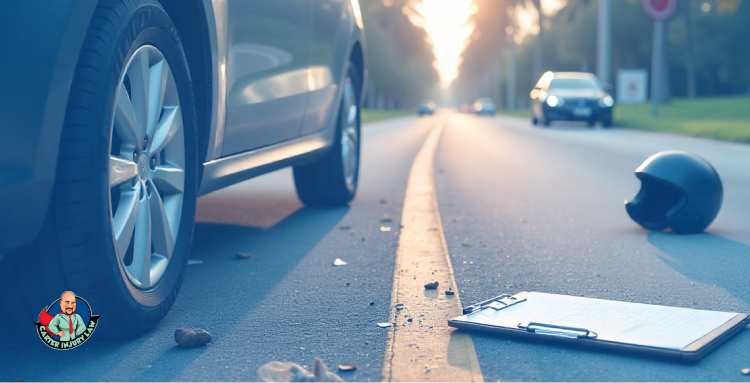
One of the first questions clients ask me is, “Who is actually responsible?” The truth is, liability in rideshare accidents is seldom simple. It isn’t always the driver, and it isn’t always the rideshare company. Sometimes, it’s a combination, and other times third parties are involved. That’s why I always start with a careful review of the circumstances, backed by the records only the company can provide.
For passengers, proving fault usually involves linking the driver’s status and company policies to the accident. For other drivers or pedestrians, it often requires examining both the rideshare and third-party insurance, along with evidence from the scene. I’ve handled cases where this analysis completely changed who was responsible, and more importantly, how much compensation my client could receive.
After an accident, I tell clients there are a few critical steps that can’t be ignored. Seeking medical care creates documentation that is mandatory for any claim. Reporting the accident immediately and accurately is equally important because every delay or misstep can weaken your case.
Finally, the most important move anyone involved in a rideshare crash can make is contacting a lawyer immediately. When I step in, I’m reconstructing the events, gathering evidence, and negotiating with insurance companies who may prefer to settle for less. The difference between acting quickly and waiting can mean thousands of dollars, or even the difference between winning and losing a claim entirely.
I’ll explain how I turn these investigations into results for my clients and why even a seemingly minor detail can become the linchpin of a successful case.
(4) Your Advocate in the Fight for Justice and Full Compensation
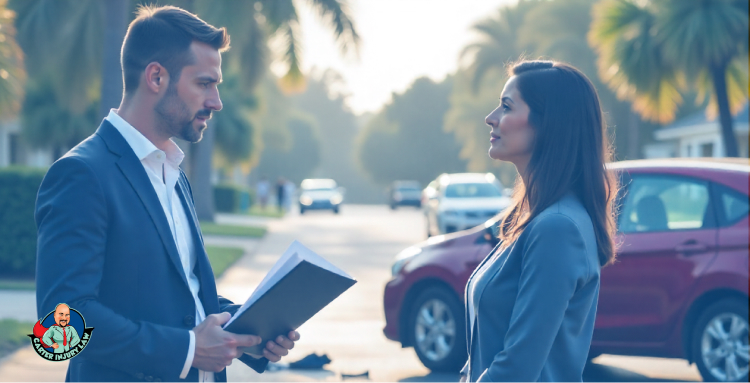
I treat each case like a puzzle, where every piece of information can shift the outcome. From the moment a client walks through my door, I focus on uncovering details that others might overlook, whether it’s subtle discrepancies in ride logs, overlooked injuries, or gaps in insurance coverage.
Every rideshare accident is exceptional, and that’s why experience and attention to detail matter more than luck. I guide my clients through the legal process, step by step, making sure they understand not just what their options are, but why each decision matters.
If you’ve been involved in a rideshare accident, acting quickly can have a huge impact. Waiting or guessing can leave you exposed to unnecessary delays, reduced compensation, or even denied claims. That’s why I make it my mission to turn the complex cloud of policies, records, and legal requirements into a clear path toward recovery.
We operate on a contingency fee basis, which means you owe us nothing unless we secure a recovery on your behalf. This arrangement is a principle I hold dearly, because it aligns my interests directly with yours. From the very first consultation, I am invested in every detail of your case.
When you work with me, you’re getting an advocate who knows how to hold insurance companies accountable, protect your rights, and pursue every dollar you deserve. The next move is yours, and the sooner we act, the stronger your case becomes.
Recent posts

